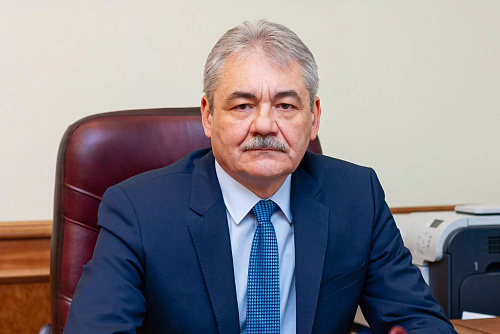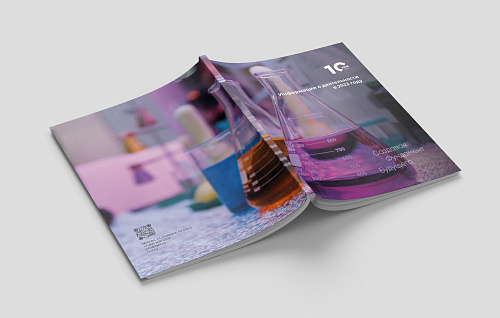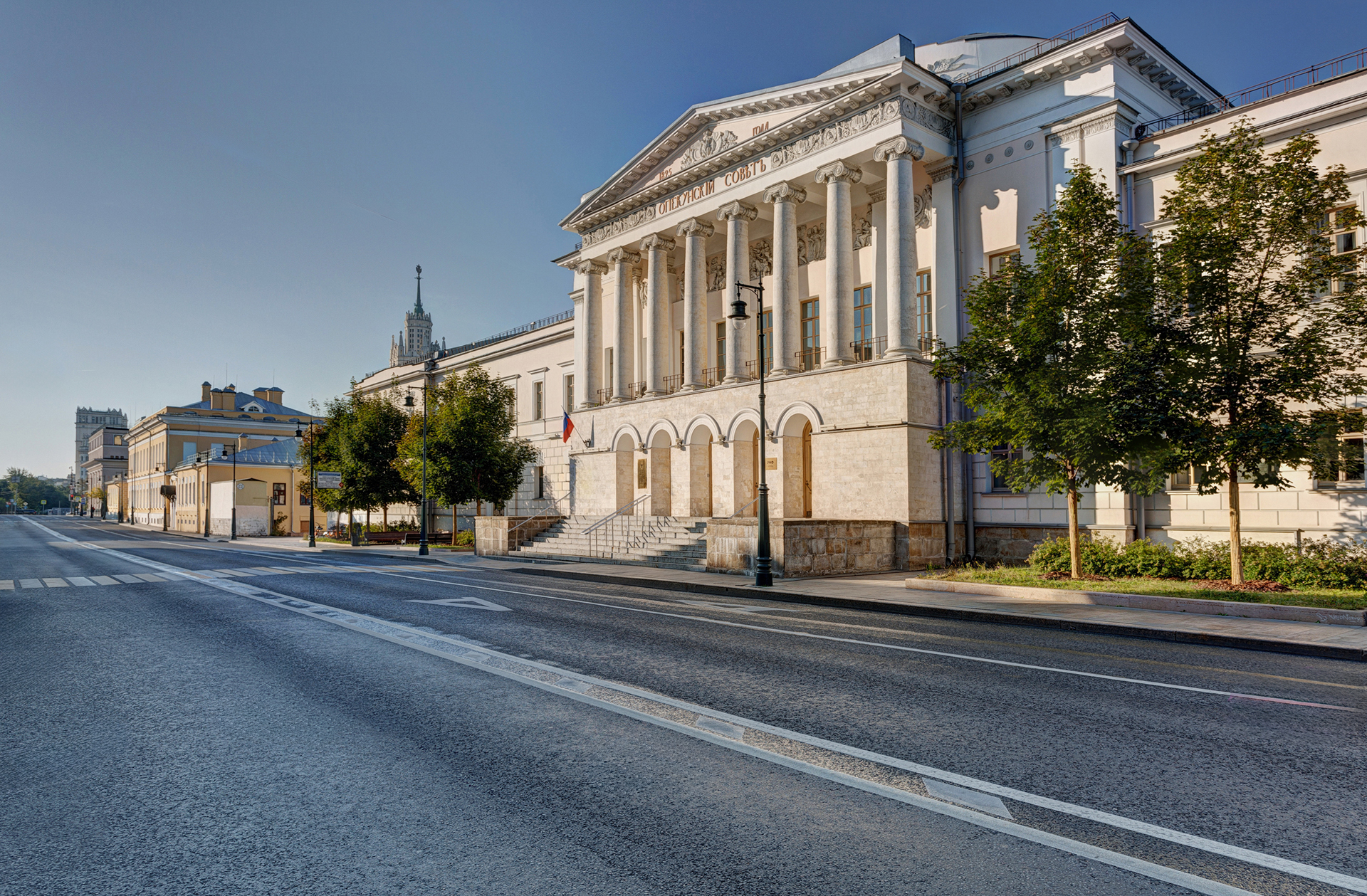
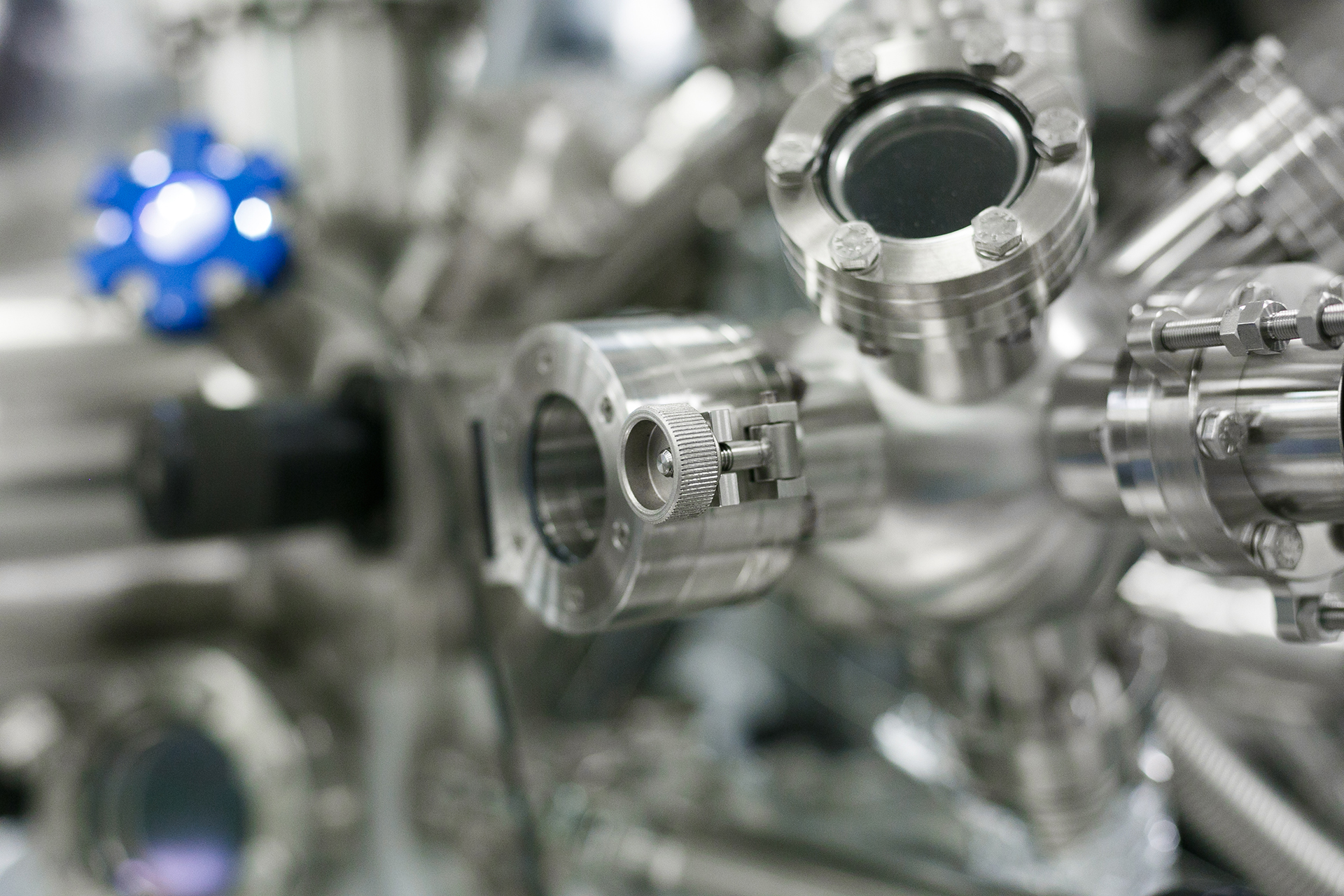
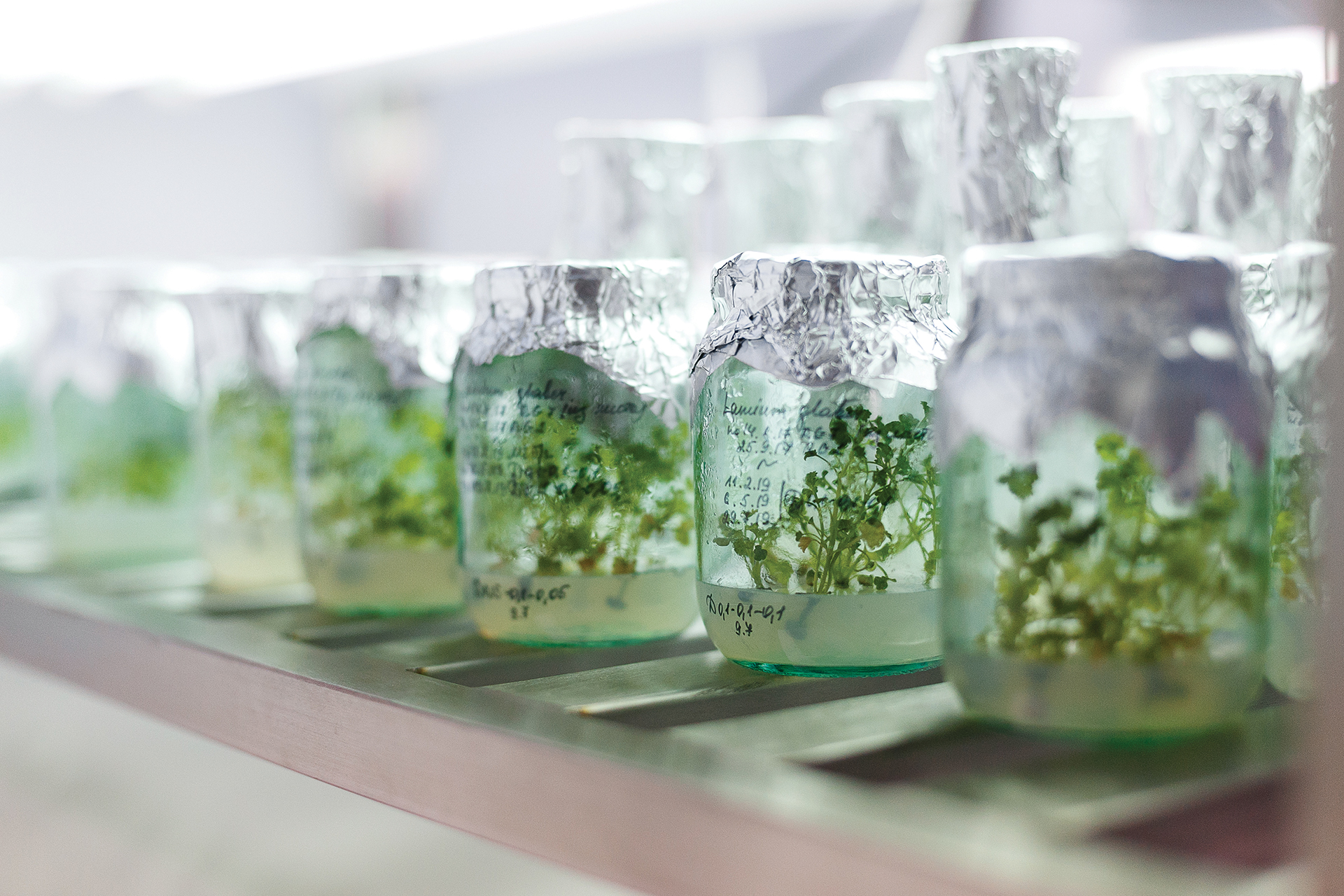
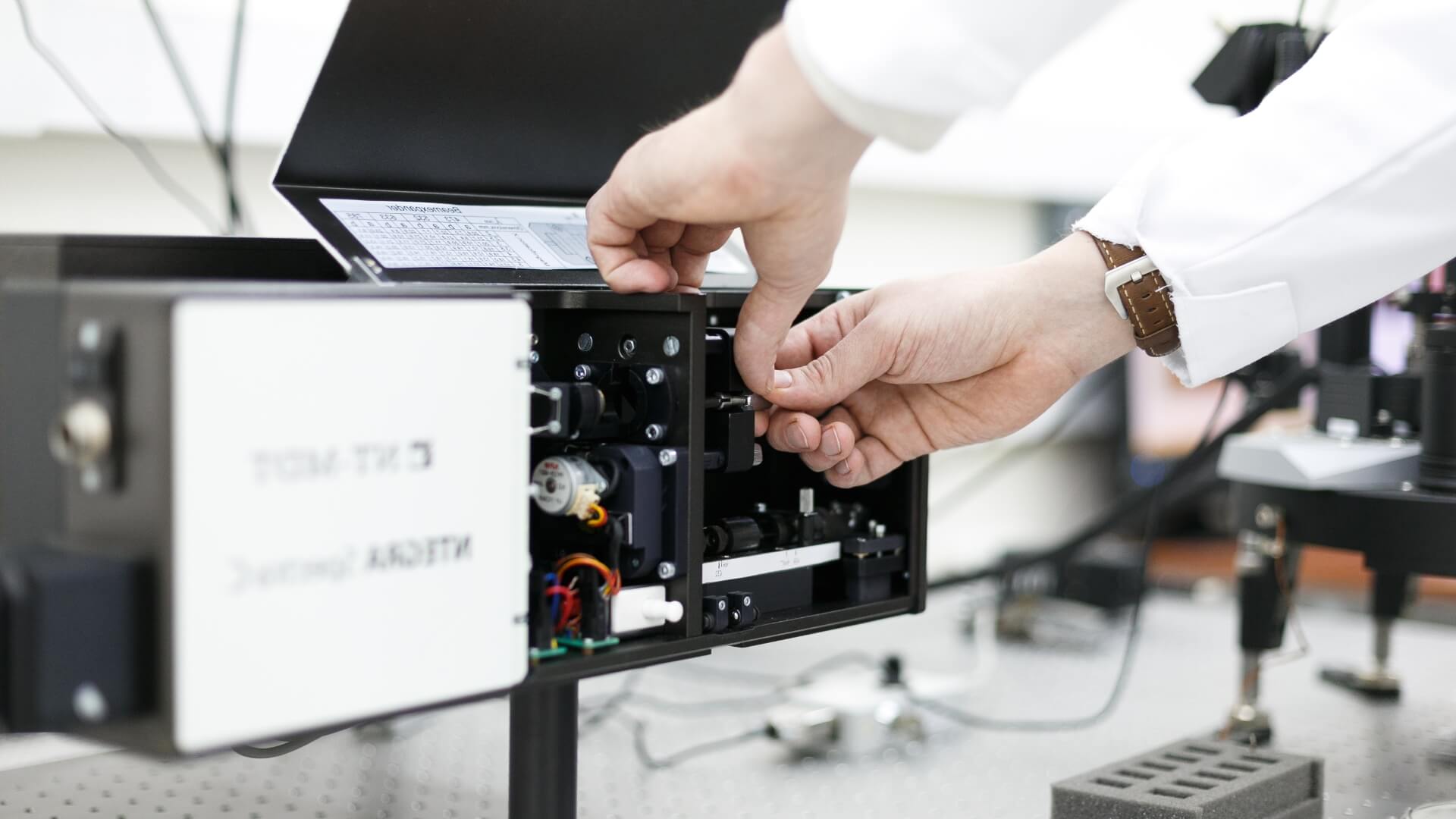
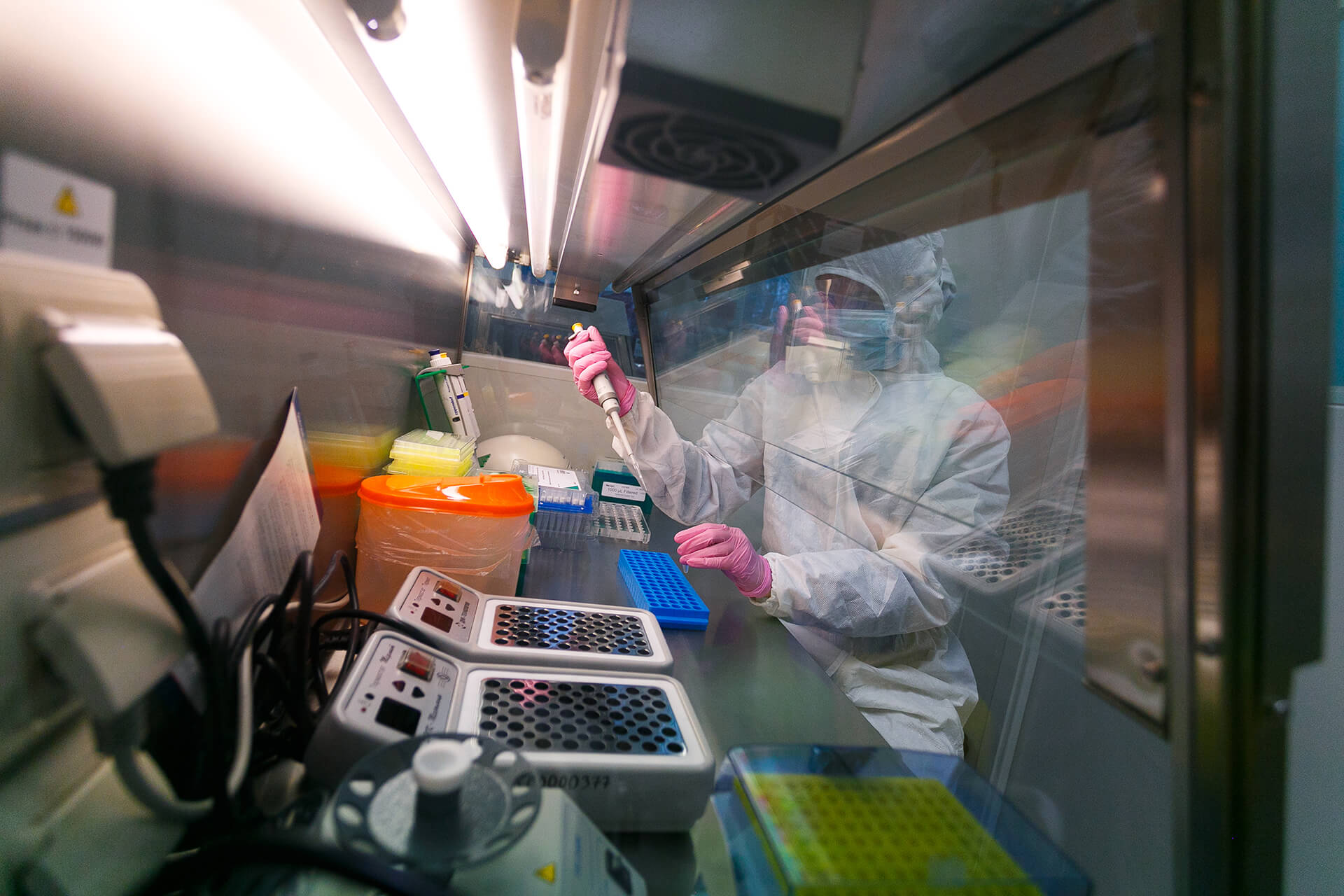
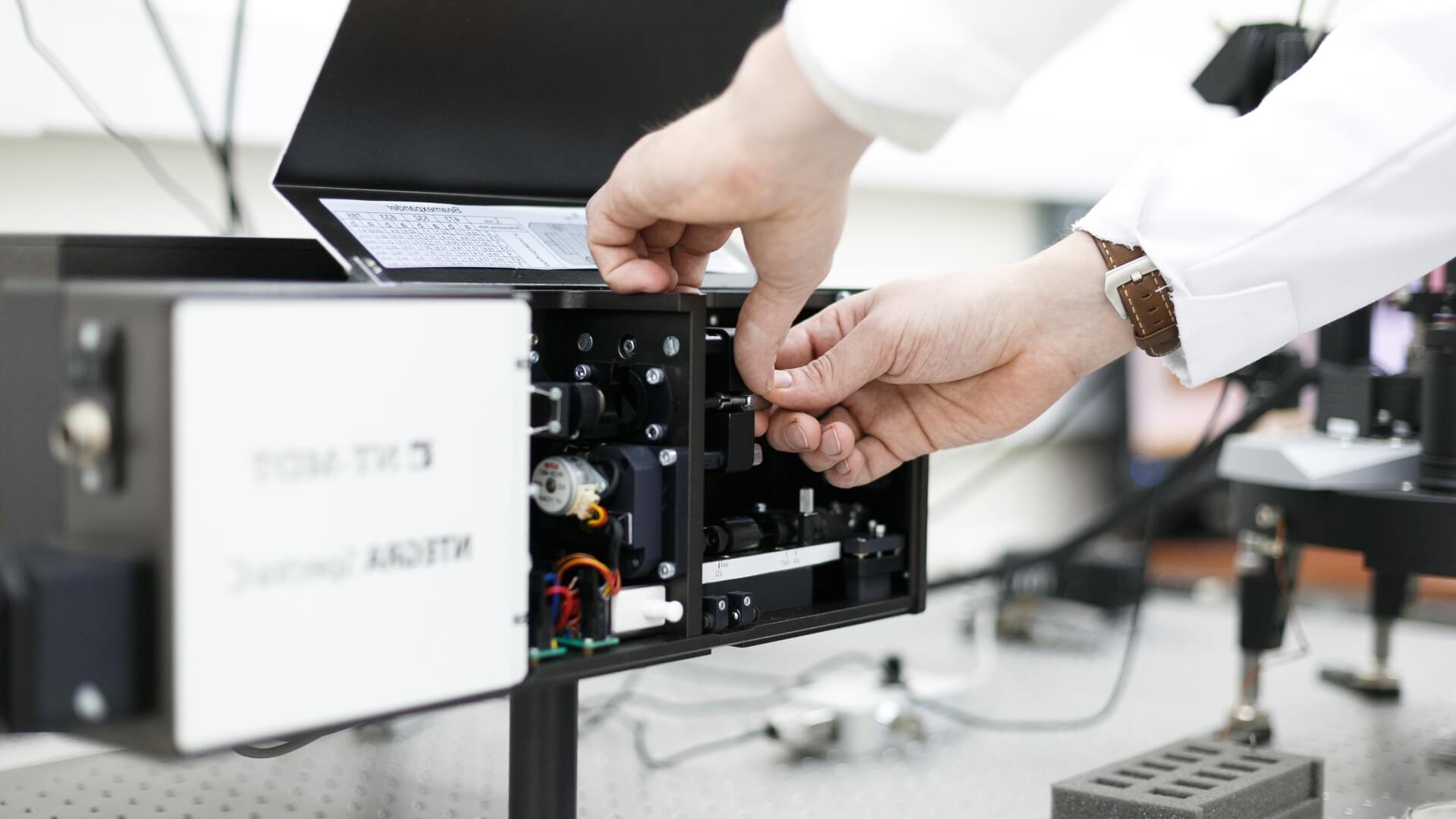
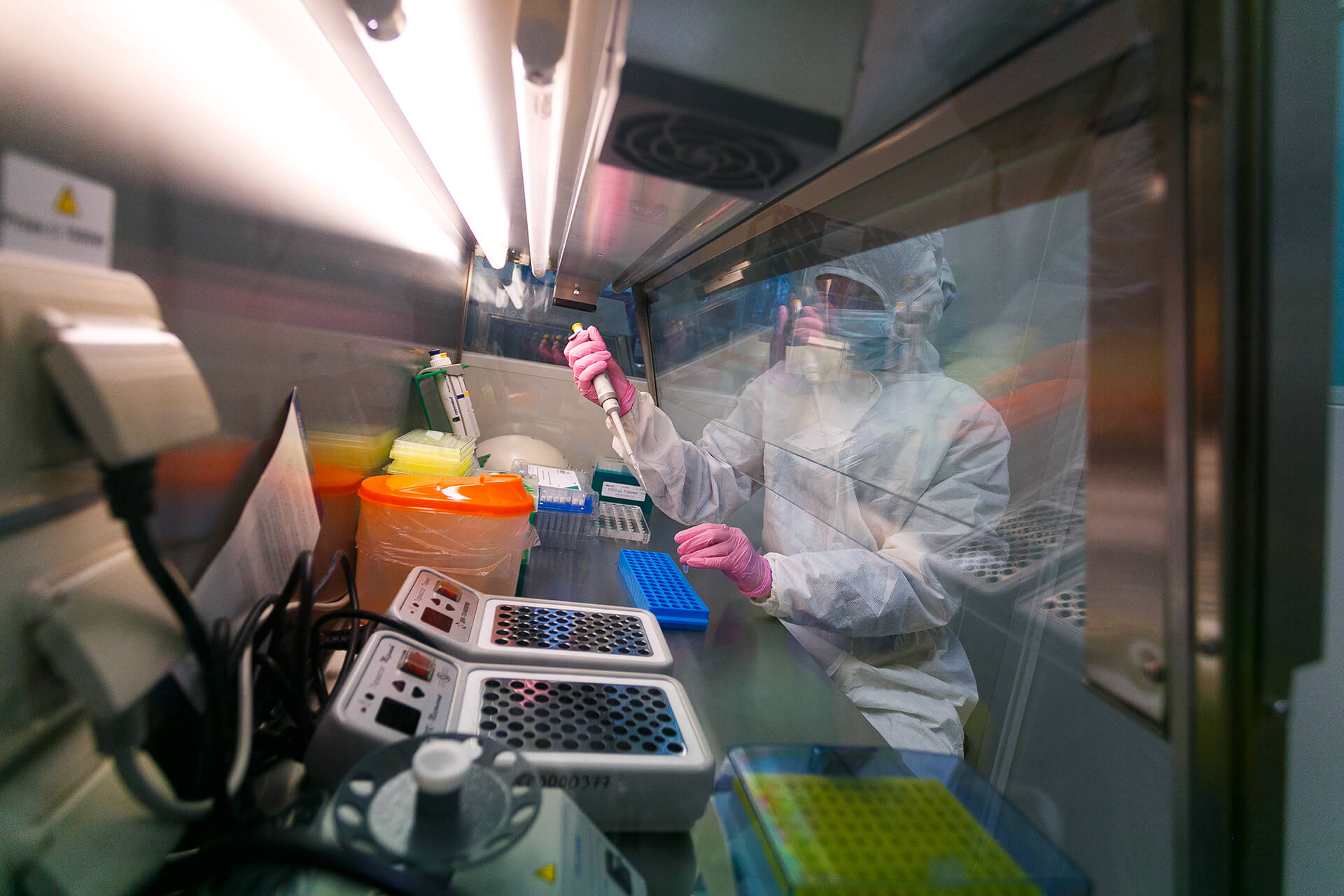
In 2020, the amount of funding for 5 000 projects amounted to 21 billion Russian rubles, 37 400 scientists (27 300 of them – young researchers up to 39 years old) from more than 580 organizations were engaged in the RSF-funded research. As a result of their activities in the past year, some 11 800 publications were published in journals indexed in the Web of Science CC.
“I am proud to announce that 35 % of the RSF-funded research output is published in the first quartile journals. This is a figure previously unimaginable for Russian science, and we are grateful to Russian scientists who managed to properly position themselves in the global science,” RSF Director General Alexander Khlunov said during the special press-conference on April 8.
In 2020, 11 calls for proposals were released. More than 3 700 Russian and foreign reviewers assessed applications submitted. As a result, some 1 400 new projects from 57 regions of Russia were awarded.
The largest number of applications in 2020 were submitted in engineering sciences (22.6%), chemistry and materials sciences (15.6%).
With regards to the number of applications submitted, research organizations from the Central Federal District (39.8%), the Siberian Federal District (16.5%) and the Northwestern Federal District (15.2%) topped the list. In 2020, scientists from a mere 20% of the research performing organizations in Russia applied for grants to the Russian Science Foundation.
“There is a myth that it is difficult to apply to the Russian Science Foundation, because the pre-qualification is very tough and it is impossible to pass the eligibility threshold. Our evidence-based data proves the contrary. In fact, the number of applications from project investigators exceeding the eligibility threshold is enormous,” RSF Director General said.
Researchers from Siberian Federal District have again taken a confident leading position in terms of the number of RSF grants they received to the number of R&D personnel in the region. The number of RSF grants per 1000 researchers in the Siberian region appeared to be several times higher than in other Russian regions.
In terms of the number of project awards in 2020, the leaders were Lomonosov Moscow State University (7.4%), St. Petersburg State University (4.8%), ITMO university (2.1%), Institute of Applied Physics RAS (1.9%), Ural Federal University (1.8%), Kazan Federal University (1.7%), Moscow Institute of Physics and Technology (1.6%), Tomsk State University (1.6%), HSE university (1.6%) and Tomsk Polytechnic University (1.3%).
Furthermore, Alexander Khlunov spoke in detail about the portrait of the average PI and team member of the typical RSF-funded project. Thus, more than 53% of the projects are carried out under the guidance of young scientists, and the average monthly salary of a PI paid out of grant is about 83 000 Russian rubles (appx. 1200 US dollars).
In 2020, despite the situation with the coronavirus pandemic RSF grantees published actively in leading international journals and participated in influential international research collaborations.
RSF-funded research teams have collaborated mostly with scientists from Germany, Japan, Austria, France, Great Britain and China.
Alexander Khlunov paid special attention to new funding instruments that the Foundation will announce as part of the current optimization of national development institutes.
“The Supervisory board of the Russian Science Foundation decided yesterday that more than 2.5 billion rubles would be allocated for keeping up funding for bottom-up projects initiated by researchers similar to previous RFBR programs. We plan to announce the start of applications on April 15. We expect more than 1700 projects will be funded under that brand new program,” Alexander Khlunov said.
“There will be still some pre-qualification eligibility threshold for these applicants, since the reputation in basic science is important, but it will be very democratic – only five reviewed publications in the last five years. A publication in Q1 is counted as two”, Alexander Khlunov noted.
In addition, the Supervisory board decided to launch regional funding programs that would focus on solving socio-economic problems of Russian regions. The Russian Science Foundation will allocate 500 million rubles for that new funding program, the call for proposals is scheduled also for release on April 15.
